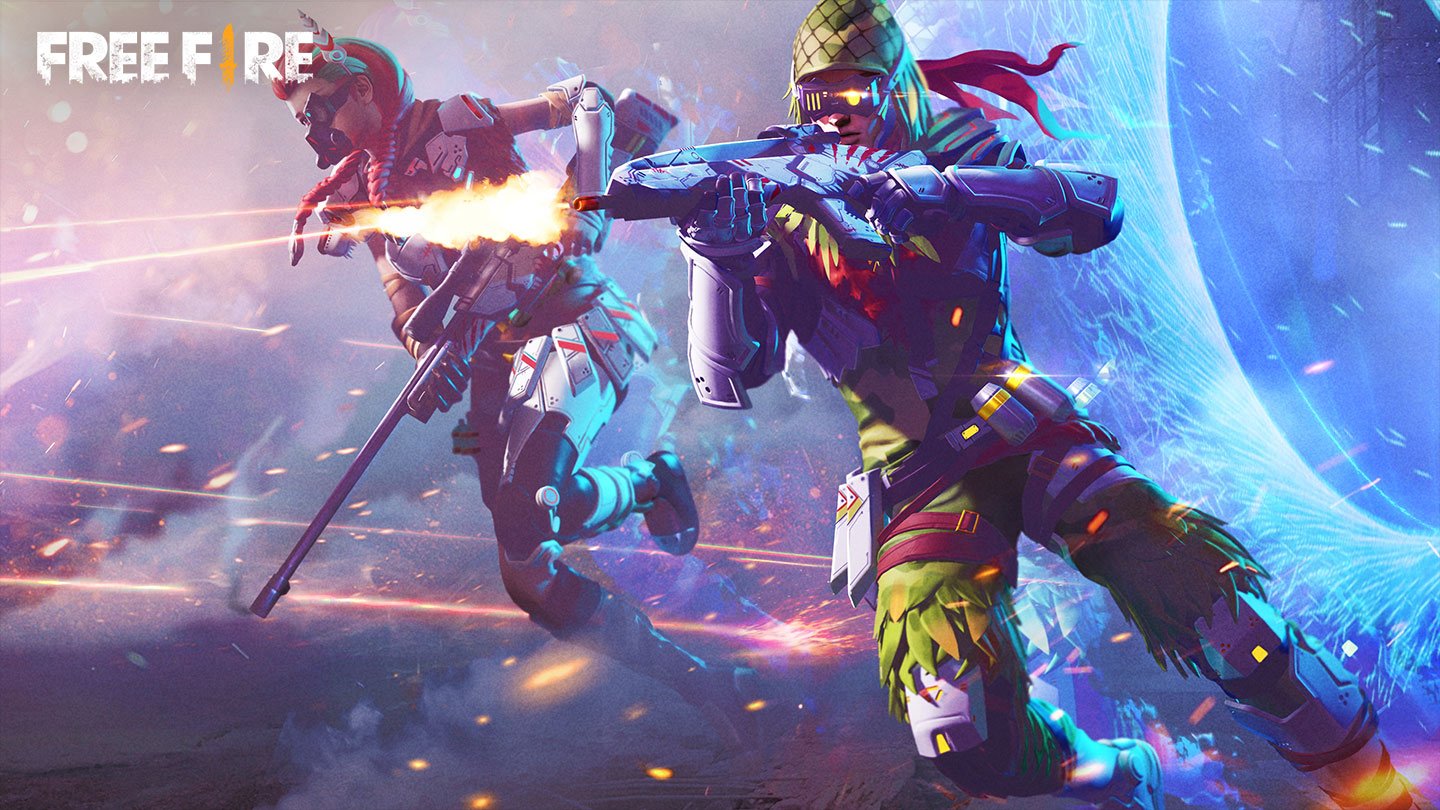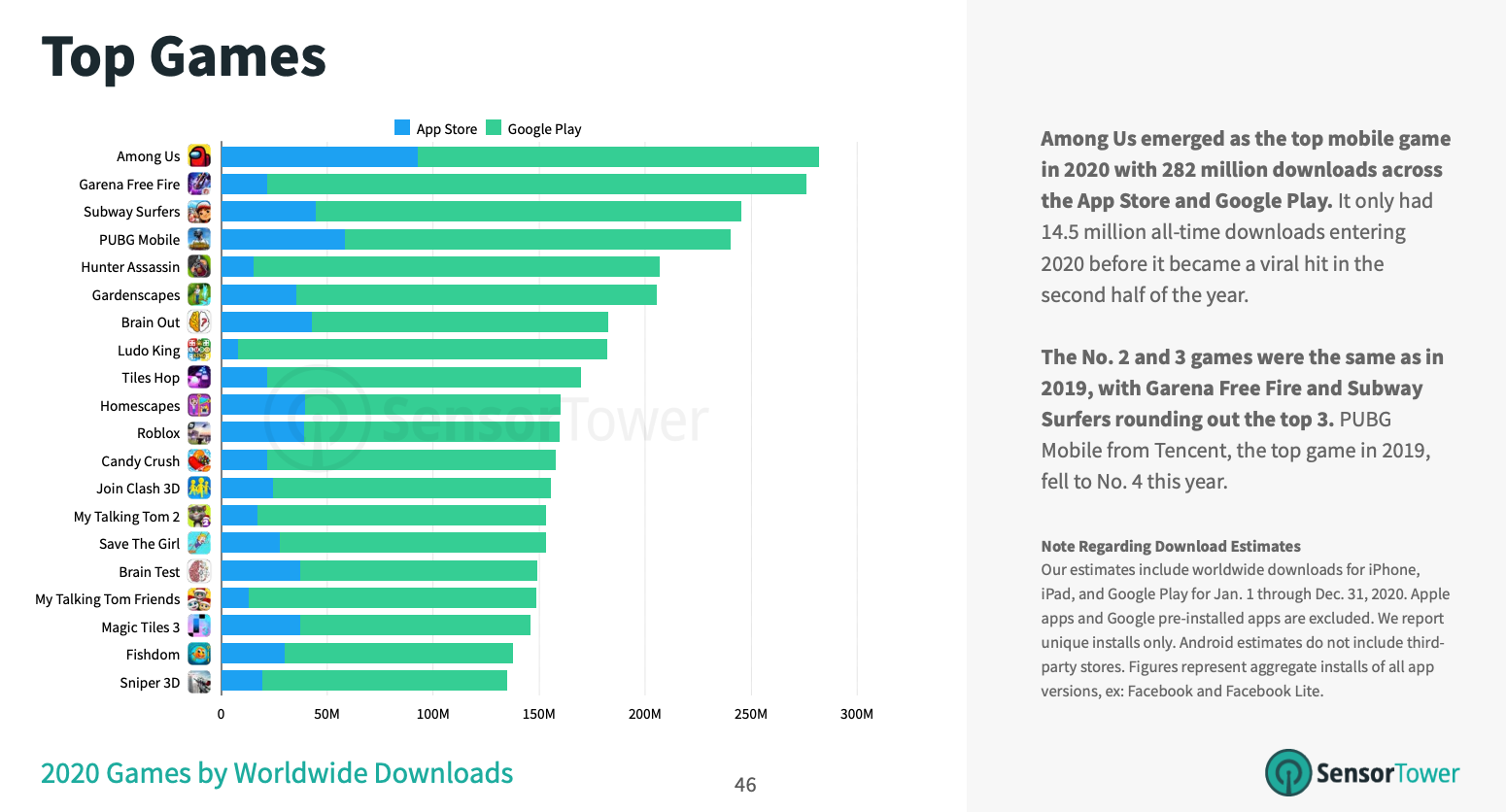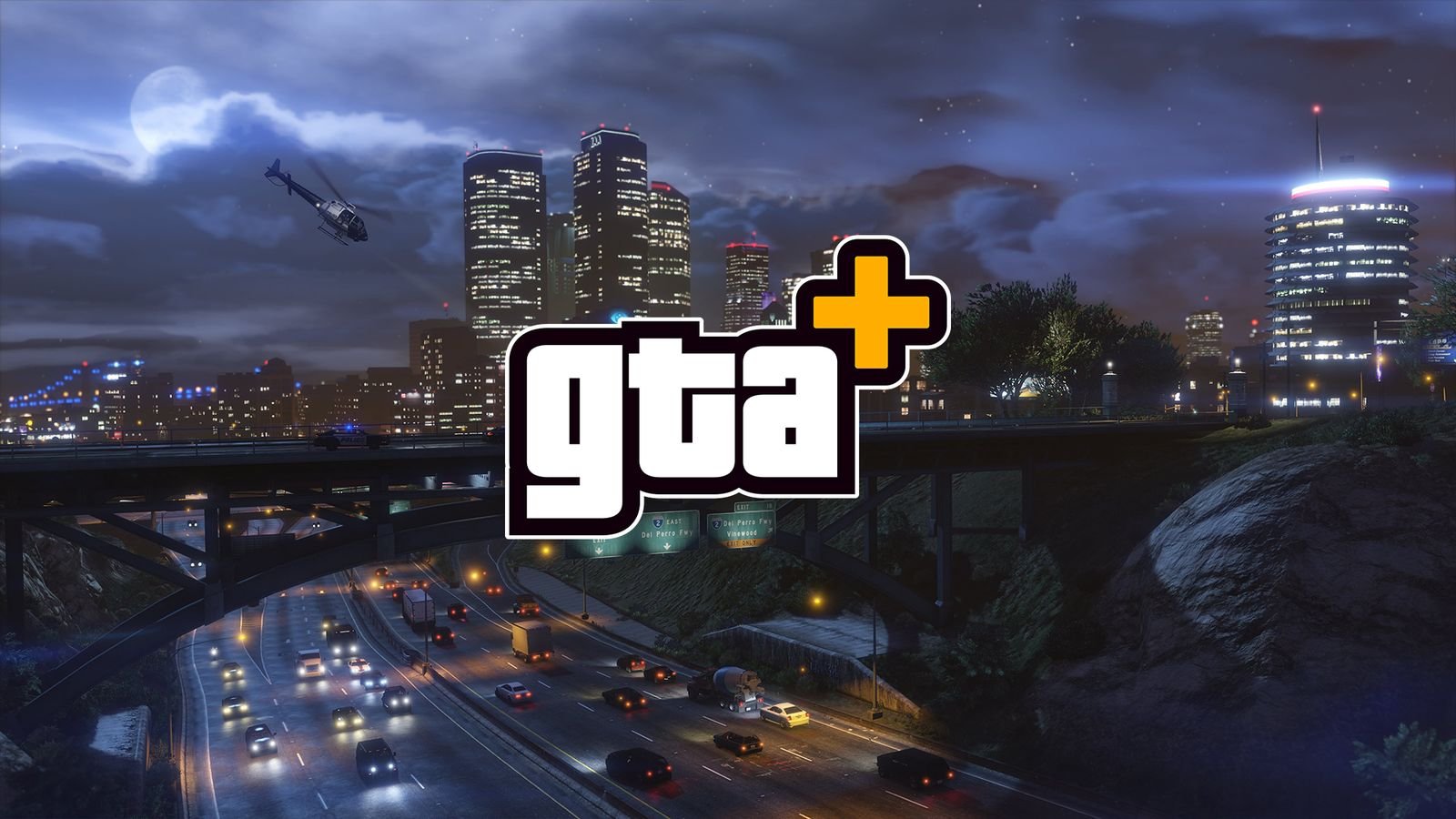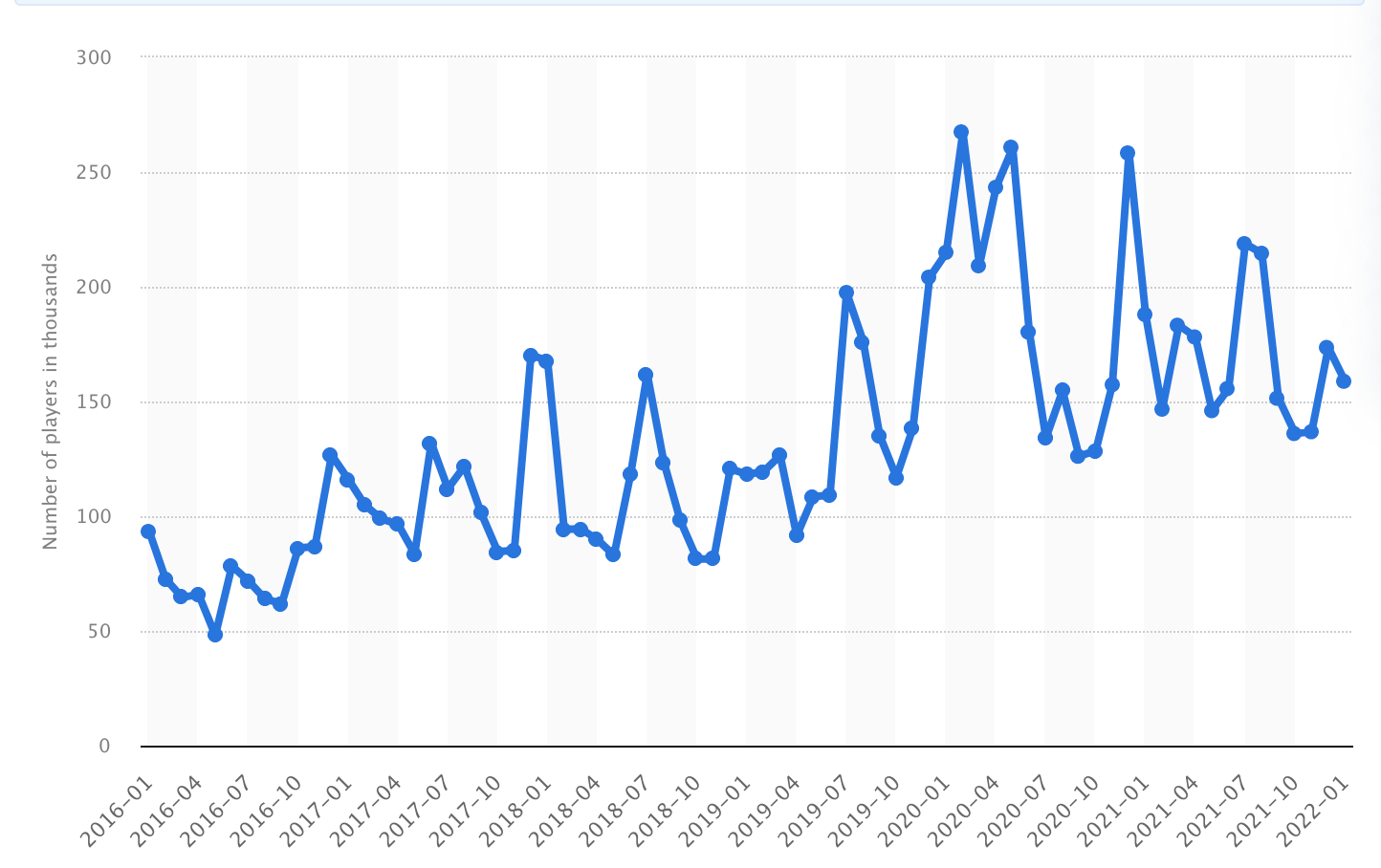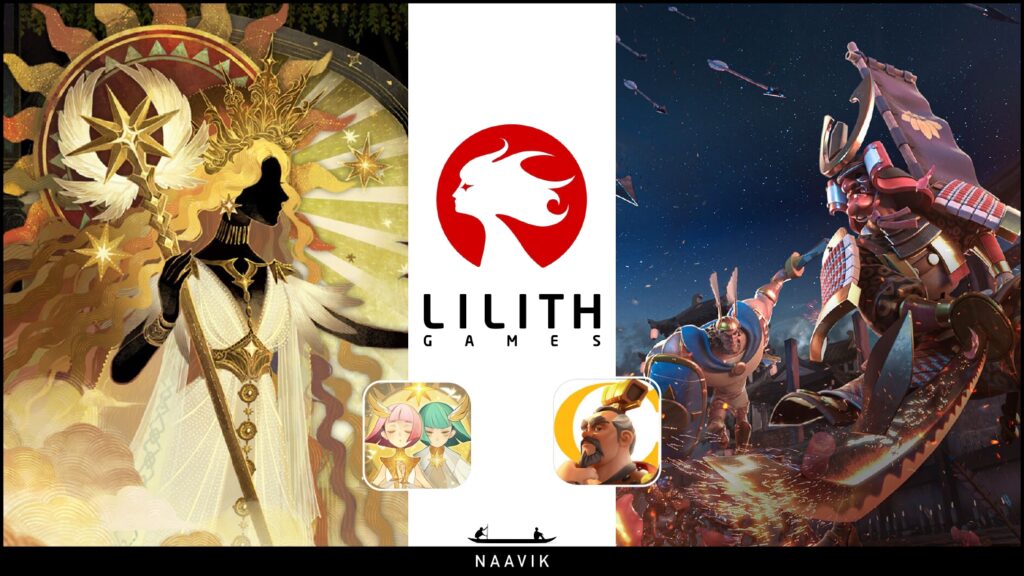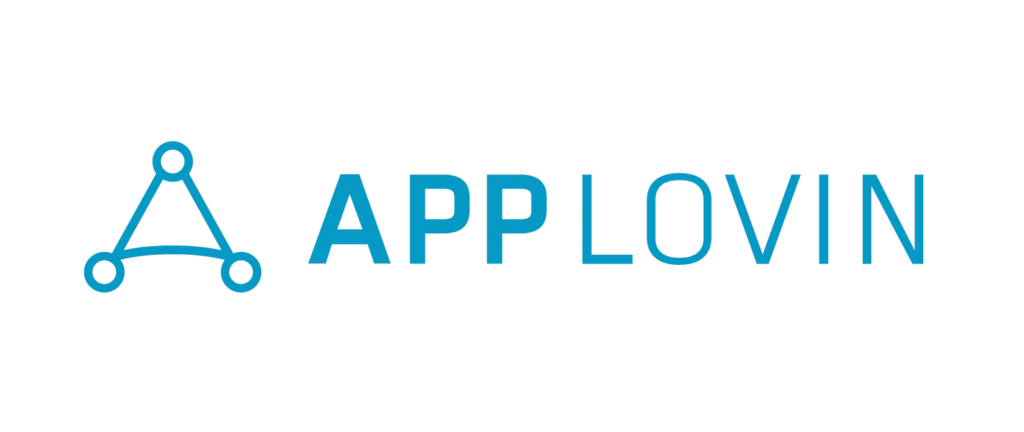Hi everyone. Welcome to our first issue as Naavik Digest! We have another big announcement to share today.
We’re making big additions to our premium product, which we’re now branding as Naavik Pro. Over the past few months, we’ve been helping dozens of publishers, studios, and investors better master the business of blockchain gaming through game deconstructions, weekly market updates, and ongoing research essays. Today, we’re adding a second vertical — Free-to-Play (F2P) Mobile — and it will join the core Naavik Pro subscription at no extra cost.
We’re doubling our content, keeping prices the same, and this is still just the beginning. We’ll be ramping up to this content cadence over the course of April, and we’re kicking the F2P launch off with a deconstruction of Free Fire (read more below).
Additionally, we’re thrilled to welcome Deconstructor of Fun and GameMakers as advisors to Naavik Pro. Like many of you, our team has learned a tremendous amount from the efforts of Michail Katkoff, Joseph Kim, and their guests — and we couldn’t be more excited to incorporate their ongoing input and partnership as we take Naavik Pro to the next level.
To learn more and sign-up, click the button below. If you have any questions or want to learn about our bulk discounts for seats, please shoot us a message here.
Crypto Corner: OpenSea, Blockchain Gaming Monetization, & Web3 at GDC
In this week’s Crypto Corner episode, Will Brooke, Gaming Lead at OpenSea, and Seb Park, Co-Founder at Infinite Canvas, join your host Nico Vereecke to discuss the future of Gaming NFTs. The group covers OpenSea’s approach to gaming, the future of web3 monetization, and the role of Blockchain Gaming at GDC.
If you’d like us to discuss any other gaming-related topics, do reach out at [email protected]. We’d love to hear your general thoughts and feedback, too!
#1: Garena Free Fire Deconstruction
Source: Garena Free Fire
Last December, Free Fire, the battle royale game that is still relatively unknown in the West, reached a huge milestone: 1 billion downloads, making it the most downloaded Battle Royale game ever and placing it ahead of PUBG Mobile.
Source: Sensor Tower
While that is definitely a noteworthy achievement, Free Fire has been breaking records left and right since it launched in September 2017:
-
In 2021, it was the most downloaded game (fourth in 2018, close second behind PUBG in 2019 and 2020; and finally hitting the first position last year).
-
In Brazil, a country notoriously known as a no-spender market, it broke records from the start, beating the second best Clash Royale more than four times.
-
Free Fire cemented the first position regarding revenue in the Indian market after PUBG was removed from the Indian stores September 2020, and until the recent ban, showed a strong upwards trend in one of the fastest growing markets of the world.
-
In May 2020, Free Fire beat a record set by Fortnite when it came to the most players online at the same time.
-
Free Fire was the most watched battle royale game of 2021 (1.08 billions hours watched), slightly edging out Fortnite. Related, since December 2020, Free Fire is the second most watched game on YouTube, after Minecraft.
Source: Sensor Tower
As we know, the battle royale world is full of loud names and stories: Fortnite disappeared from both the App Store and Google Play store after issues with direct payments in the game. India banned PUBG for digital sovereignty reasons with a bang (and returning with a slightly smaller bang and green blood this summer) — a fate that just hit Garena mid February!
What sets Free Fire — and its developer, Garena — apart is how it breaks a long standing axiom that to be a successful developer, you need to be successful in the West. As we’ll cover in detail in this report, Free Fire rose up in countries like Brazil, Mexico, Indonesia, Thailand, India… and only way later grew in popularity in the United States.
Source: Sensor Tower
Notably, after such a meteoric rise, daily active users (DAUs) have been steadily dropping since August 2021 – and the decline is occurring across regions. For a company that relies on the profits from its gaming business to fuel reinvestments into its other major ambitions (e-commerce, payments, etc.), this is concerning.
In this essay, we will look into:
-
How did Garena build up the game to this point? What core design elements of the game led to it becoming so successful across regions?
-
What are the regional stories — namely SouthEast Asia (SEA), Latin America, India, and the US — and why do they matter?
-
And how does Free Fire and Garena fit into the larger Sea Limited (parent company) ecosystem?
-
Why has Free Fire been losing users and revenue in recent months? Why has it fallen so precipitously from the peak… and was it actually the peak?
-
Why did Garena launch an HD version of the game, Free Fire Max, last fall? Plus, what else should we expect from Free Fire going forward?
This research essay was originally posted on Naavik Pro - the #1 research portal for blockchain and F2P games! We serve both investors and developers with our premium research. Make us your remote games research department today!
#2: GTA’s New Subscription
Source: Rockstar Intel
Last edition, we published a piece that examined subscription offerings in the context of Playstation’s Spartacus. Indeed, not only did PlayStation just provide more information on its subscription tiers (generally confirming what we wrote), but all other roads seem to lead to subscription, too! Just last week, Take-Two Interactive also announced that “Grand Theft Auto Online (GTA) will soon have a monthly subscription service for both new and existing players… “ and that “GTA Plus, will come with a variety of benefits for the price of $5.99 per month, including exclusive rewards and will be exclusive to GTA Online players on PlayStation 5 and Xbox Series X.” This new subscription offering launched yesterday.
Not every game should turn to subscriptions, of course, but as subscription offerings proliferate, there are patterns in the ways developers can adapt. For example, they can 1) build subscriptions into their games-as-a-service models (works best when F2P), 2) roll their games into larger subscription offerings (such as Game Pass), or 3) design the business for more natural recurring revenues (bigger, more frequent hits; engaging DLCs; etc.). GTA Online — which is F2P and monetizes through microtransactions — falls into the first category. In a recent earnings analysis, we wrote about Take-Two’s strategy:
“Take-Two can further diversify its array of titles that drive significant revenue. Even with its four-plus studios, for instance, mobile only accounts for 8% of bookings (vs. Console’s 75%). To this end, Take-Two recognizes a few key business drivers: expanding mobile offerings, expanding into under-penetrated markets, and driving toward recurrent consumer spending (65% of current total spend). They’re accelerating toward these goals.”
GTA Plus feels like a logical next step in Take-Two’s quest for recurring revenues, taking a note out of the F2P playbook and incorporating what is essentially a GTA-oriented membership. GTA Plus is another way to bring not just higher revenues but more revenue predictability — on top of the existing base of microtransactions. Even the recently announced acquisition of Zynga is partly designed to add significantly more recurring digital revenues. We previously wrote that “adding Zynga’s recurring revenue streams into the mix will make Take-Two a more predictable business.” In other words, whether it’s a big suite of mobile games (Zynga) or an enormous console/PC-based IP (GTA), Take-Two is taking several steps to grow the business via recurring revenue models across platforms.
When I read this announcement, I immediately recalled Roblox’s successful membership model (paying monthly for discounted Robux), as well as the battle pass model made popular by games like League of Legends, Fortnite, and Clash Royale. It also made me think of other features like direct deposits of in-game currency, discounts on in-game marketplaces, and limited-edition cosmetics. GTA seems to be leveraging a similar strategy for a different player demographic. Somewhat tangentially, GTA Online already has a rich modding ecosystem, but I wouldn’t be surprised if the team built more comprehensive and democratized UGC tools in the future. After all, GTA Online players who are most involved with private servers and UGC probably heavily overlap with those who’d also be interested in paying for valuable in-game subscriptions. I expect the team behind GTA Plus to gather feedback from the community and continue to test new perks the subscription could include.
With over 160M copies sold and a huge mass of players engaged in GTA Online, a subscription with discounts and in-game currency built-in from the outset serves to develop a greater sense of engagement and loyalty. Not only will this help sustain GTA Online’s business (which has already outperformed expectations over the years), but it should also improve the LTV of the game’s most loyal players. Plus, if this model works for GTA Online, it could also possibly be extended to Read Dead Online and other leading franchises with heavy ongoing live ops. It’s doubtful that Take-Two will create its own holistic subscription (like EA and Ubisoft have done with limited success), but these other forms of recurring revenue across different games add up. Pair a growing portfolio of games (especially with the addition of Zynga) with more solidified recurring revenue models, and Take-Two should be well positioned to steadily grow into the future. For a company that’s notoriously faced volatile revenues in the past, this change of pace is impressive. (Written by Fawzi Itani & Aaron Bush)
📚 Content Worth Consuming
Can Dreams Teach You How to Become a Game Developer? (GI.Biz Academy): “So Dreams is by no means the most populated community of game builders out there but, as often with Media Molecule titles, the community it does have is a very active and faithful one. Over 5,000 new creations are published every week, Media Molecule tells GamesIndustry.biz. Over the past seven days, 25% of users spent time creating elements in Dreams. Since launch, over 150,000 Dreams, 400,000 scenes and 400,000 elements have been published. The platform offers a wide array of tools for its members to make whatever creative project they set their mind to. This could be a game, an animated film, music, a painting, or a mix of all of the above. The idea of Dreams is to give game development aficionados, novice or otherwise, all the tools they need to create interactive projects, as well as transferable skills they can use elsewhere and the ability to collaborate on a project as a team.” Link
How AI Helping Build and Humanize Virtual Worlds (BITKRAFT): “Playing video games, it’s easy to forget how much calculation is actually running in the background to produce what you’re seeing. Everything from a game’s physics to its lighting and terrain is the result of some carefully programmed computation — gaming companies can be some of the most complex software companies out there. It’s no wonder, then, that gaming and artificial intelligence have such a long history. Dungeon-crawling games like 1980’s Rogue and 1996’s Diablo were already using AI to generate unique maps through what’s called procedural generation. Conversely, games created by and for humans have been repeatedly used as benchmarks of progress in AI — the respective victories of DeepMind’s AlphaGo in Go and AlphaStar in StarCraft II were landmark events in that regard. This relationship has only gotten closer in recent years, as game developers started applying new breakthroughs in deep learning to more and more aspects of their workflow and gameplay. In our view, two particular areas of AI-enabled creativity are showing great promise: content generation on the one hand, and character intelligence on the other hand.” Link
Black Mesa: The 16 Year Project to Remake Half-Life (Noclip): A Noclip documentary on the history of Half-life and why they decided to remake it. Link
Privacy-Centric Digital Advertising: Implications for Digital Research (SSRN): “Yesterday's digital advertising relied on cross-website and cross-app user identity to measure, target, and optimize ads. Spurred by regulatory pressure, today's digital advertising is evolving to become more privacy-protective. Apple and Google are leading this movement by sunsetting old technologies and building more privacy-centric alternatives. Marketing academics and practitioners, in turn, must learn to adapt to this new reality. We outline these new advertising approaches and their implications for advertising strategy, targeting, and measurement. We propose key questions and an agenda for researchers to help shape the privacy-centric future of digital advertising.” Link
🔥 Featured Jobs
-
Immutable: Sr. BD Manager — Gaming
-
WarnerMedia: Community Manager, Growth & Innovation (Atlanta, Georgia)
-
Mighty Bear Games: Senior Technical Artist (Singapore)
-
Mighty Bear Games: DevOps Engineer (Singapore)
-
My.Games: Head of Communications — PC & Consoles Projects (Amsterdam)
-
Naavik: Content Contributor — Writer (Remote)
You can view our entire job board — all of the open roles, as well as the ability to post new roles — below.



